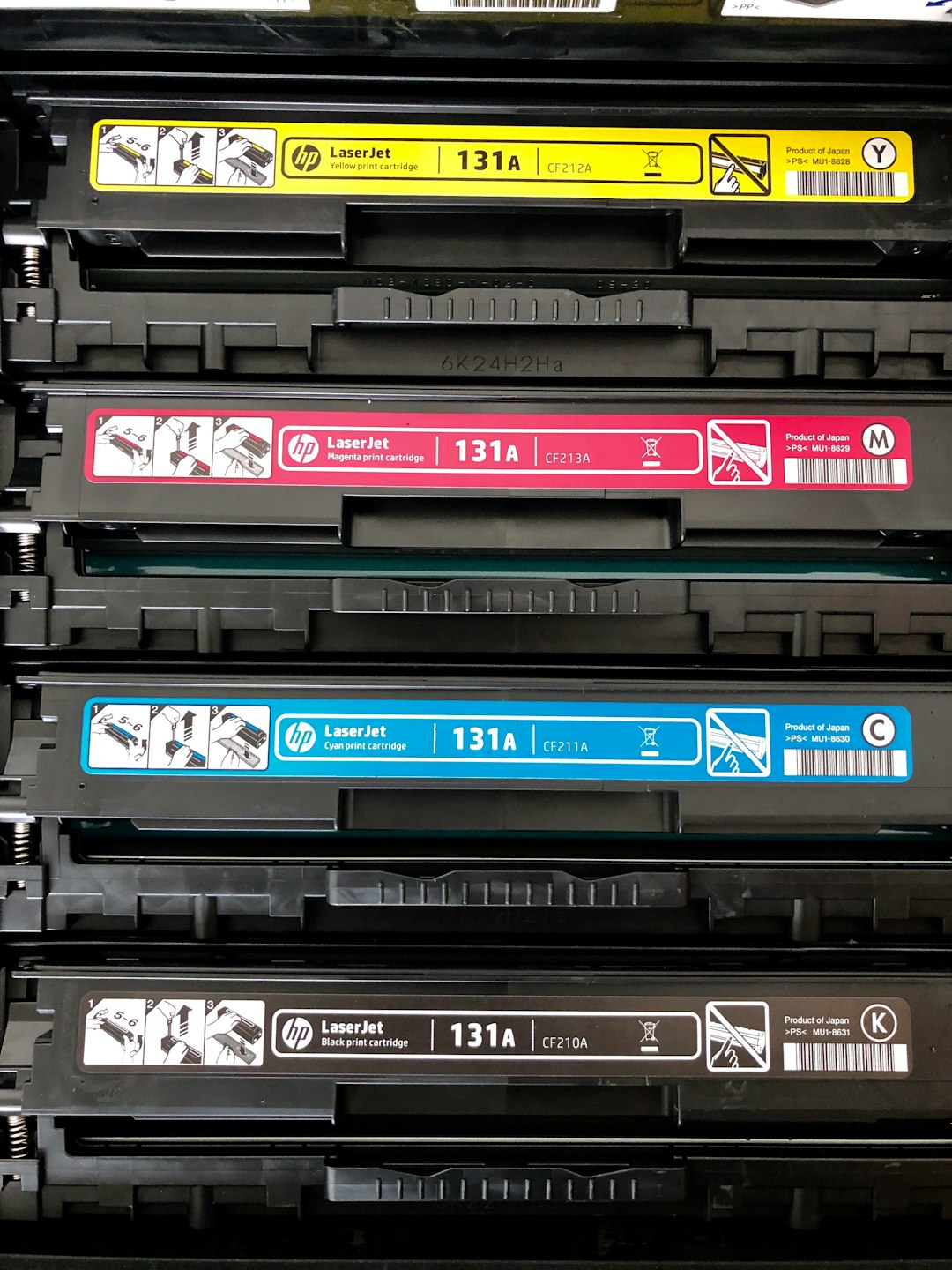Printer Kaiwhakamahi Mīhini Tā
Printers set up and operate printing machines that print text and images on paper, card, carton, plastics or metal.
Printers may do some or all of the following:
- discuss printing requirements with clients
- set up and adjust printing machines
- use stencils and screens to make prints
- mix ink and solvents, and adjust water and ink flow in machines
- monitor and evaluate press operations manually and by computer to check quality of printing
- produce a variety of printed products using different types of presses
- clean and maintain the printing presses, including minor repairs.
Physical Requirements
Printers need to have good hand-eye co-ordination, good eyesight (with or without corrective lenses) and normal colour vision. You also need to be reasonably fit and strong as some lifting may be required.
Useful Experience
Useful experience for printers includes:
- work with machinery
- work in a factory
- work with computers.
Personal Qualities
Printers need to be:
- skilled at analysing detail and colours
- good at communicating
- good at basic maths
- accurate, with an eye for detail
- organised and able to follow instructions
- reliable and efficient
- able to work well under pressure.
Skills
Printers need to have knowledge of:
- manual and computerised printing machinery, and how to operate and repair it
- printing methods, inks and colours, and the material that the machine prints onto
- types of paper and paper sizes.
Conditions
Printers:
- usually work regular business hours, but may do shift work at nights and weekends to meet deadlines – particularly in the newspaper industry
- work in printing companies, workshops and factories.
Subject Recommendations
A minimum of three years of secondary education is recommended. Useful subjects include English and maths, processing technologies and digital technologies.
Related Subjects
Printers can earn around $48K-$50K per year.
Pay for printers varies depending on experience.
- Apprentices usually start on the minimum wage, with pay increasing as they gain skills and complete unit standards.
- After completing an apprenticeship, printers usually earn up to $50,000.
- Senior printers with more than five years’ experience can earn between $62,000 and $93,000.
Source: PrintNZ Industry Report, 2017.
Printers may progress into supervisory or management roles in printing companies.
They may specialise as one of the following:
- Digital Printer
- Digital printers operate presses that print on large rolls or individual sheets of paper and print as few as one copy to thousands.
- Reel-fed Printer
- Reel-fed printers operate presses that print on large rolls of paper, such as those that print newspapers.
- Screen Printer
- Screen printers use stencils and screens to print directly onto paper and textiles.
- Sheet-fed Printer
- Sheet-fed printers operate presses that print on individual sheets of paper or card of varying sizes.
Years Of Training
2-3 years of training usually required.There are no specific requirements to become a printer. Most people start as an assistant at a printing company and then complete an apprenticeship to gain a New Zealand Certificate in Print at both Level 3 and Level 4.

 St Mary’s College (Ponsonby)
St Mary’s College (Ponsonby)